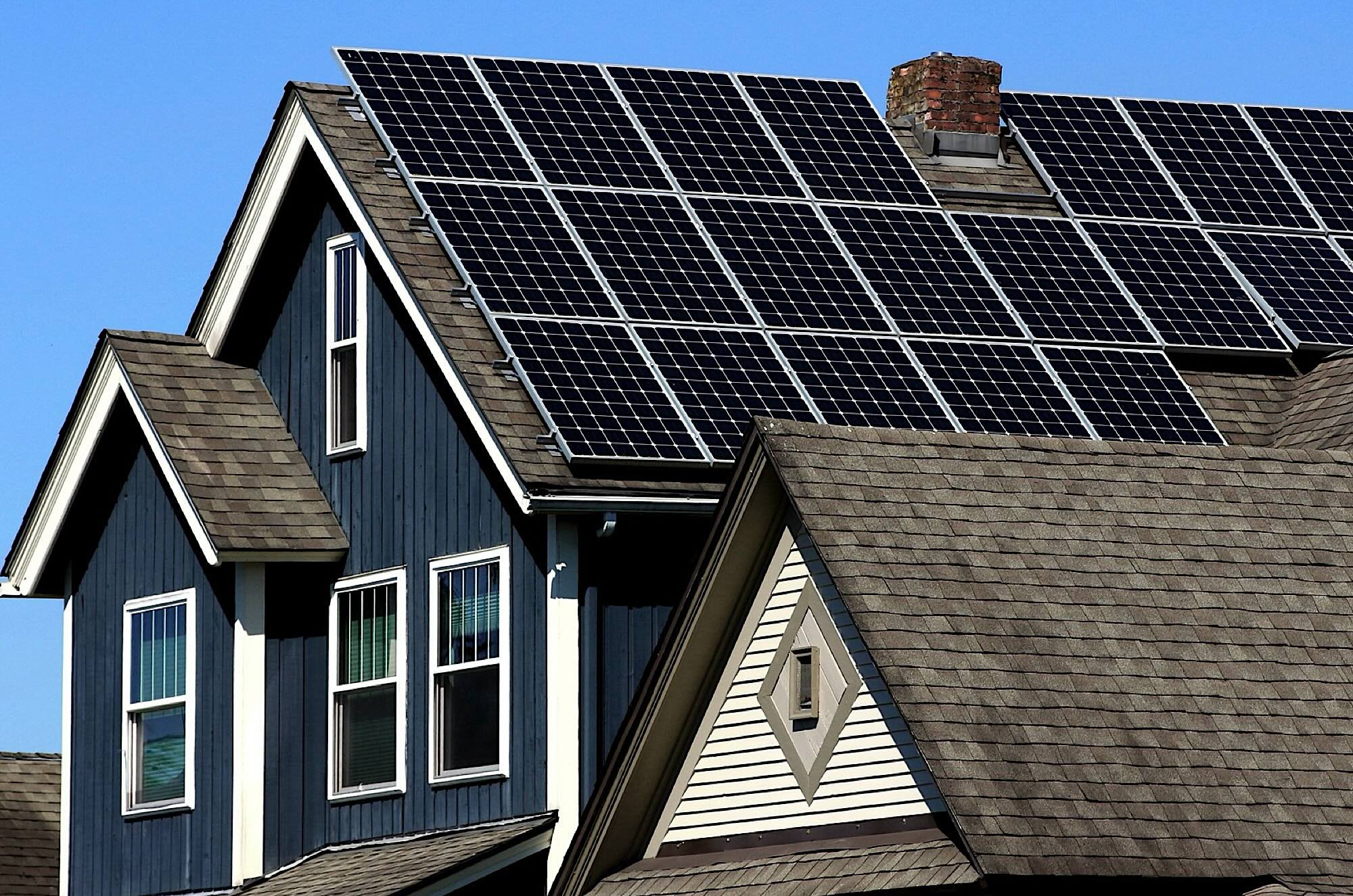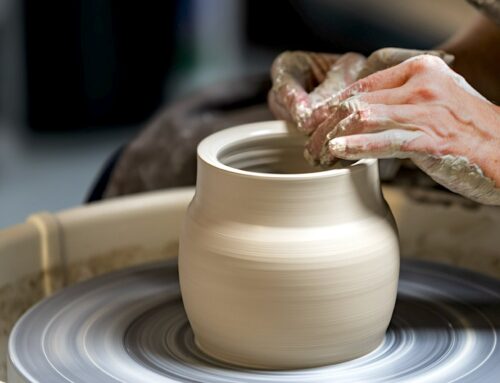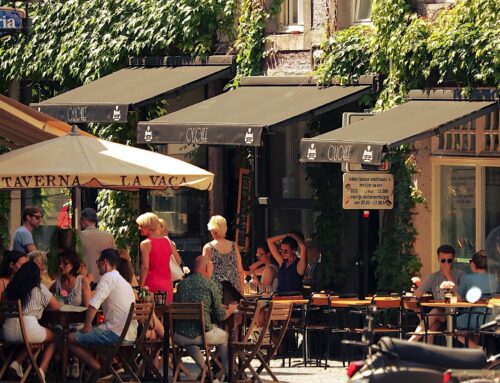In a world that’s waking up to the importance of sustainability, our homes have a beautiful opportunity to reflect the values we hold dear. By weaving eco-friendly features into our living spaces, we create not just shelters but sanctuaries—places that nurture us and tread lightly on the earth. Whether you’re retrofitting your current home or dreaming up a new one, there are three features that stand out as both practical and soulful: passive solar design, water conservation systems, and indoor food production.
Passive Solar Design: A Home in Harmony with the Sun
The sun is a generous neighbour, offering warmth and light freely to anyone willing to embrace it. Passive solar design is about working with the rhythms of nature, allowing the sun to help heat and cool your home. The beauty of this approach is its simplicity—no fancy gadgets, just thoughtful design.
For an existing home, start by observing. Which rooms bask in the sunlight, and where does shade naturally fall? South-facing windows (in the Northern Hemisphere) are a treasure for bringing in winter light. Double-glazed windows add insulation while still letting that golden glow inside. You might consider adding materials like stone or concrete to floors or walls; they act like warm stones by the fire, soaking up the heat by day and releasing it slowly at night.
If you’re designing from scratch, this is where the magic really happens. Work with your architect to orient your home thoughtfully. Large windows, natural materials, and overhangs that provide summer shade create a space that feels alive—connected to the seasons and respectful of the energy you use.
Water Conservation
Water is a gift worth preserving. Incorporating rainwater harvesting and greywater recycling into your home is a gentle way to honour this precious resource.
To retrofit an older home, start small. Rainwater harvesting can be as simple as adding gutters that feed into a collection tank. Use this water for the garden, washing the car, or even flushing toilets. Greywater recycling takes a bit more planning but is deeply rewarding. By rerouting water from your sinks, showers, or laundry to a treatment system, you create a source of irrigation or water for other non-drinking uses.
For new builds, the design can flow effortlessly with your vision. Architects can help integrate storage tanks, filters, and piping systems seamlessly into your home’s infrastructure. The result? A house that values water as much as you do.
Indoor Food Production: Growing Nourishment at Home
Imagine a home where fresh herbs, leafy greens, and even tiny tomatoes thrive just steps from your kitchen. Indoor food production is about more than convenience; it’s about reconnecting with the earth—even indoors.
For existing homes, this can be as simple as a sunny windowsill filled with pots of basil, mint, or thyme. If you have a little more space, a vertical garden or a small hydroponic system can transform a corner of your home into a lush, green haven.
Designing a new home? Consider setting aside space for an indoor greenhouse or sunroom. With a little planning, you can create an environment that balances sunlight, ventilation, and humidity, making it easy to grow food year-round. It’s a way of inviting nature into your home while cultivating a sense of self-sufficiency.
The Heart of Sustainable Design
Building or retrofitting a sustainable home is more than an investment in property—it’s a commitment to living in harmony with the planet. Passive solar design, water conservation systems, and indoor food production are practical steps that align our homes with the earth’s natural rhythms. But they’re also about something deeper: creating spaces that reflect care, intention, and respect for the interconnectedness of all life.
When we design our homes with sustainability in mind, we’re building more than walls and roofs—we’re creating a future. And that future feels a little brighter when it’s rooted in love for the land, water, and sunlight that sustain us all. So, whether you’re working with what you have or starting fresh, let’s take this journey one mindful step at a time.





